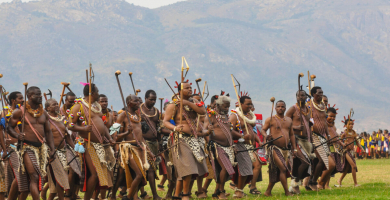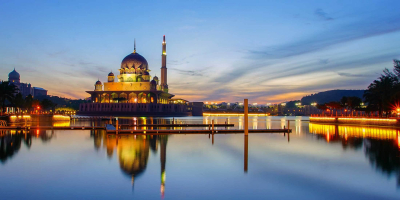Top 8 Libyan Culture, Customs and Etiquette
Libya has a distinctive cultural legacy that draws from both its lengthy history and the numerous communities that call its borders home. Since at least 8000 ... read more...BC, when the climate was more favorable for cultivation, people have lived within the boundaries of Libya, according to archaeological discoveries made there. Interaction with other cultures, such as the Greeks, Romans, and Phoenicians, has had an impact on Libyan culture. As the Italians seized power over the country during the colonial era, they also had an impact on the way of life in Libya. Here are some things to know about the Libyan Culture, Customs and Etiquette.
-
Standardized Arabic serves as the official tongue of Libya. However, a number of other Arabic dialects, such as Egyptian and Tunisian Arabic, are also commonly spoken and used. The most often used foreign languages in Libya are English, Italian, and French. Other native and minoritized languages spoken in Libya are Nafusi, Tedaga, and Domari.
The official government-recognized language of Libya is modern standardized Arabic, which is used in legal texts. Libyan Arabic, which has two dialects: Eastern Libyan Arabic, which is largely used in Tripoli and Misrata, and Western Libyan Arabic, which is spoken in Benghazi and Bayda, is a popular vernacular that is used frequently in Libya. Community members primarily speak Libyan Arabic. Songs, TV plays, comedies, and folk poetry all use this dialect.
The pre-Arab inhabitants of North Africa are the ancestors of the Berber, also known as the Amazigh. Awjilah, Tamahaq, Nafusi, and Ghadamès are a few of the Amazigh languages that are spoken in Libya. The Afro-Asiatic family of languages includes the Amazigh languages. Nearly 600,000 Amazigh speakers are thought to be present in Libya today, making up about 10% of the nation's overall population.
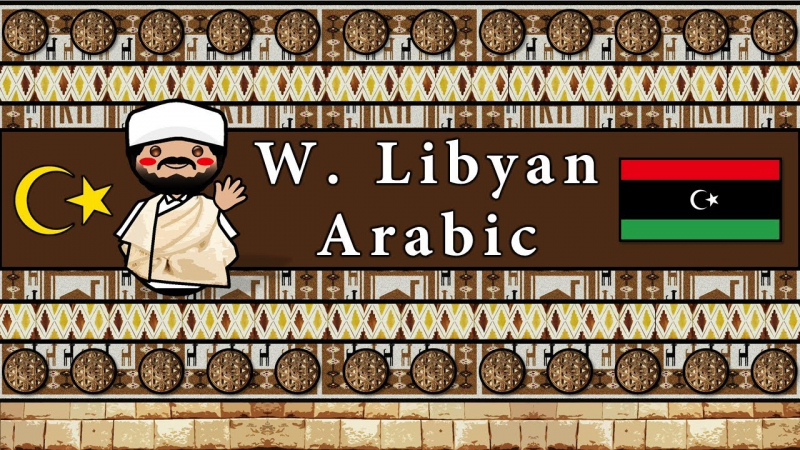
ilovelanguages.com 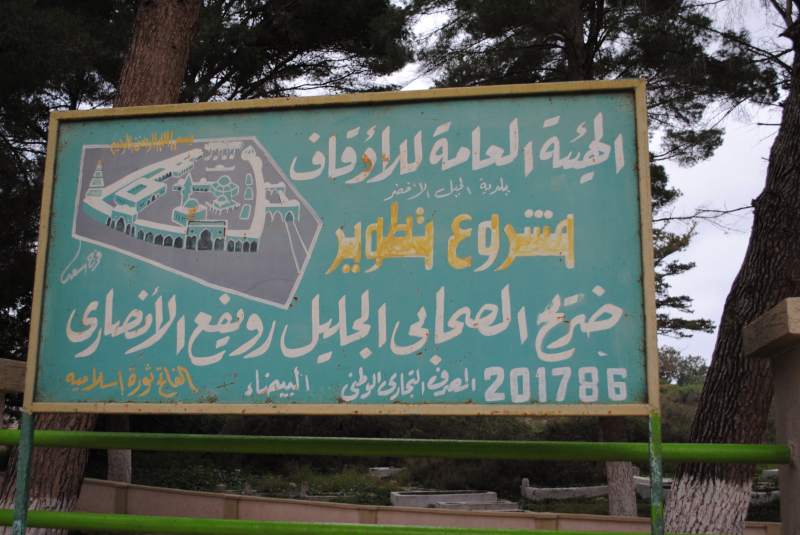
wikipedia.org -
In Libya, Islam is the most common religion. There are minor Christian groups made up only of immigrants in addition to the vast majority of Sunni Muslims. The biggest and most established branch of Christianity in Libya is Coptic Orthodox Christianity, often known as the Christian Church of Egypt. In Libya, there are over 60,000 Egyptian Copts, accounting for more than 1% of the total population. Two bishops, one in Benghazi (serving the Italian community) and one in Tripoli, who together serve an estimated 40,000 Roman Catholics in Libya, are in charge of their spiritual needs (serving the Maltese community). In Tripoli, there is a little Anglican community that is a part of the Anglican Diocese of Egypt and is primarily made up of African immigrant workers.
According to the Libyan constitution, Sharia is the main source of law and Islam is the official religion. However, Christians and Jews are granted the right to practice their religion freely, and it is against the law to discriminate against people based on their religion. Under Libyan legislation, religious minorities other than Christians and Jews are not afforded the same freedom. There is no clear law against preaching or conversion from one religion to another. Still, missionary work and transformation are both illegal regardless of whether the right to do so is explicitly protected. Publications that attempt to "alter the fundamental principles of the constitution or the fundamental regulations of the social structure" are forbidden by Libyan law, as is insulting Islam and the Prophet Muhammad. These rules are used to prevent the spread of non-Islamic religious literature as well as missionary operations.
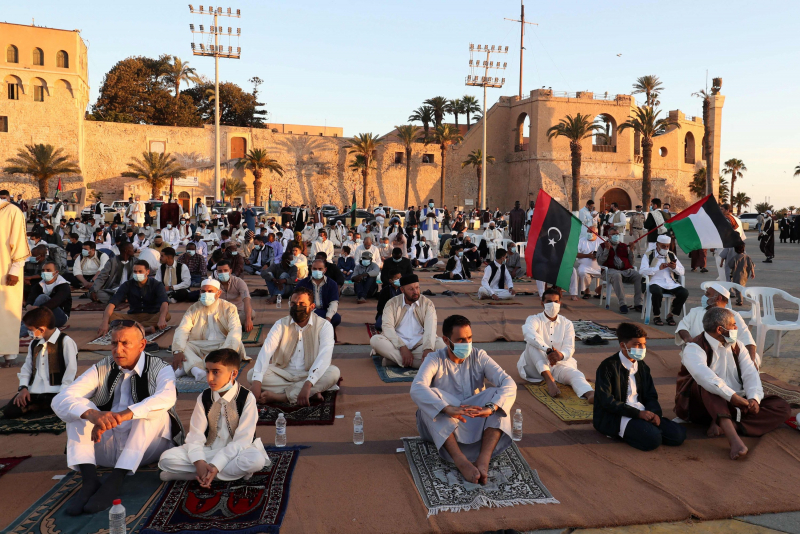
dailysabah.com 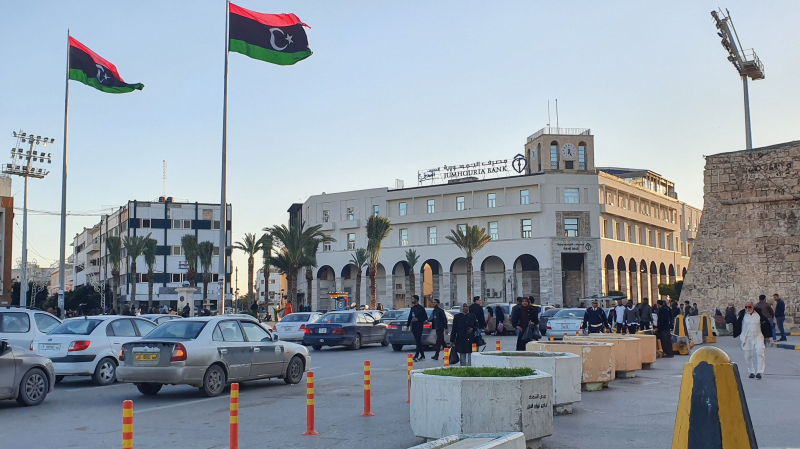
dailysabah.com -
In Libya, kinship is determined patrilineally, and male blood relationships form the foundation of the home. A father, his wife, his single and married sons, together with their spouses and kids, his unmarried daughters, and sometimes other family members, like a widowed or divorced mother or sister, make up a normal household. Each son should start his own family after the death of the father to restart the cycle. Since families are so important, it is anticipated that everyone will get married when they are of legal age. Only married men and frequently only fathers are typically granted adult status.
Family patriarchs were the absolute rulers of their extended families in old North African civilization, and in Libya, the institution seems to have persisted a little bit longer than in other parts of the region. The family is the foundation of society, according to the revolutionary leadership, despite the upheavals that the 1969 revolution brought about in urban and rural society.
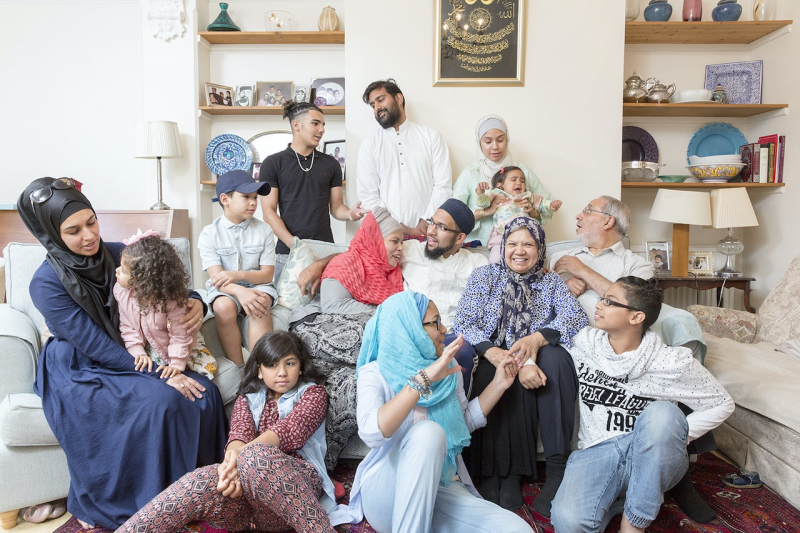
thenewlondoners.com 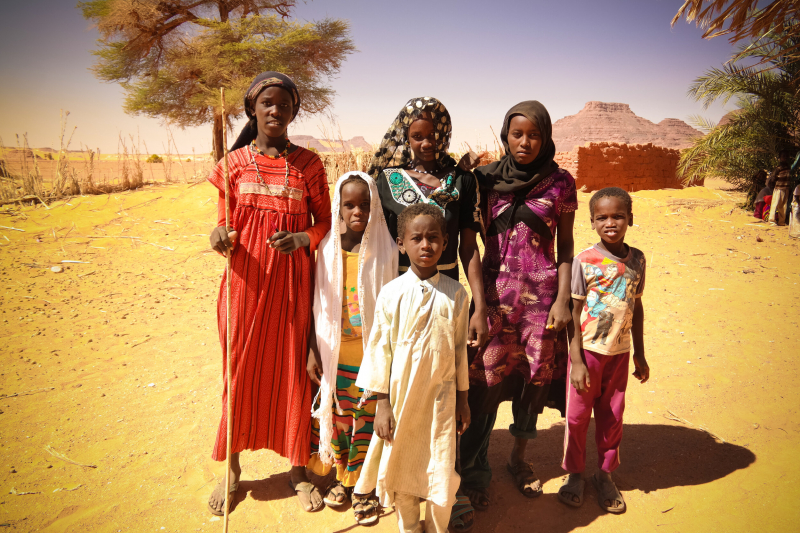
libyanheritagehouse.org -
Libyan music is quite well-known, and this nation is well renowned for its numerous varieties of folk music. This enormous empire has occasionally combined various anecdotes, and the results are now plainly visible to the entire human race. Due to its gorgeous atmosphere, Libya has a great chance of becoming one of the most popular tourist destinations. This nation is an Islamic one, with many different feasts and holidays. Islamism's core principles are put into practice, and all visitors are advised to take the same course. All Muslims have a right to show proper respect and experience deep contentment on the occasions of various holidays including Ramadan, Eid-ul-Fitr, and Eld-ul-Adha. Musicians play at many events, and its importance is recognized all around the world.
The people of this nation are renowned for their diverse cultural groupings and for Andalusi music, which sprang during the Andalusi period and is one of the most well-known musical genres. The 24 nubar, which are further broken into five portions called mizon, are used to create this song. Each Nuba has a lifespan of 6-7 hours, and a mizan can begin with an instrumental prologue called tushiya. A number of instruments, including the violin, rebec, and goblet drums, are used in thin music. Anod is used in a different form of popular music known as Tuareg, and women participate in it.
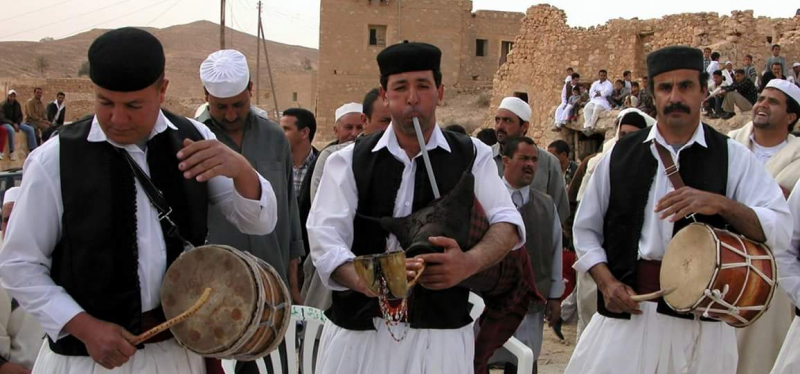
musicdancelibya.blogspot.com 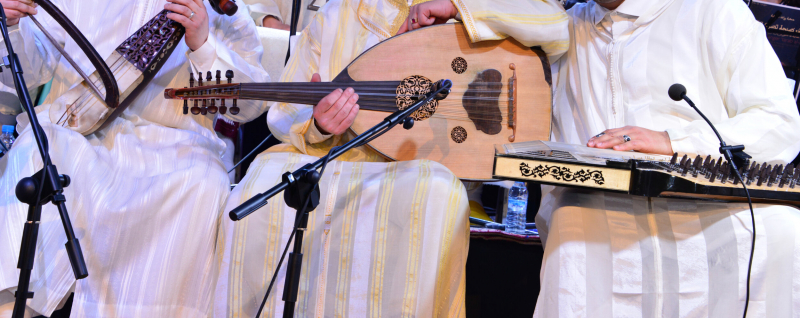
libyanheritagehouse.org -
One of the most notable reasons Libyan art is well-known is for its ornamentation of archeological sites. The fact that this nation has produced a number of notable individuals who are all associated with various art forms, including painting, writing, and others, has led to the recognition of this nation's art on a global scale. Ali Omar Ermes, who is best recognized for his writing, lecturing, and extracurricular activities, is one of the most notable individuals. He occasionally delivers a variety of talks in front of audiences around the world, and numerous periodicals have printed his articles.
In contrast to real museums, rock arts were constructed over thousands of years by countless generations of common people using an only rock as a surface material and ochre and natural pigments as color. The Great Sahara Desert's valleys and the Acacus Mountains' rock art galleries are connected by a complex network of valleys that includes numerous cave sites. In a way, Acacus is a city devoted to prehistoric art galleries, which together comprise a vast library of ancient and still obscure facts. Acacus is one of Libya's five World Heritage Sites because it is rich in former lives that the world has yet to awaken to.
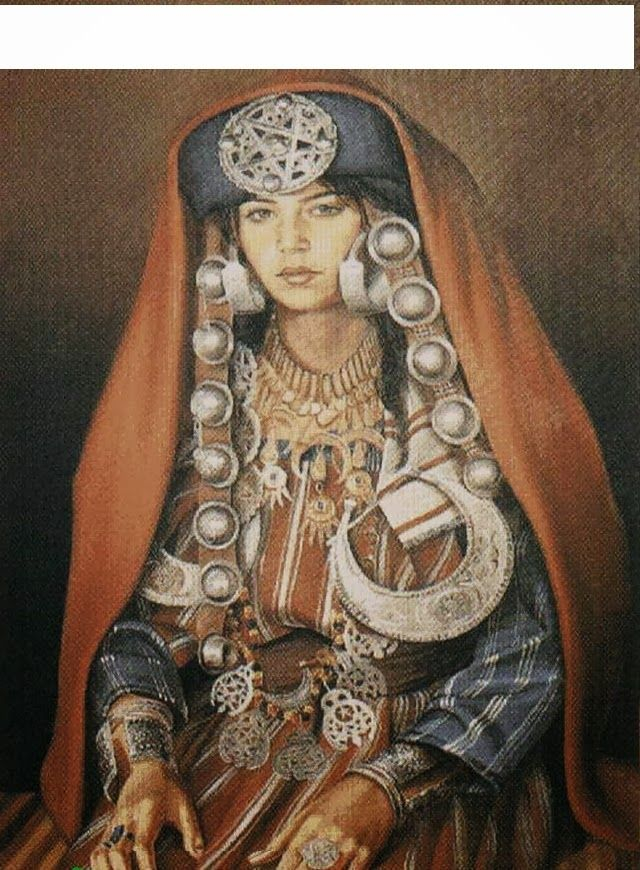
pinterest.com 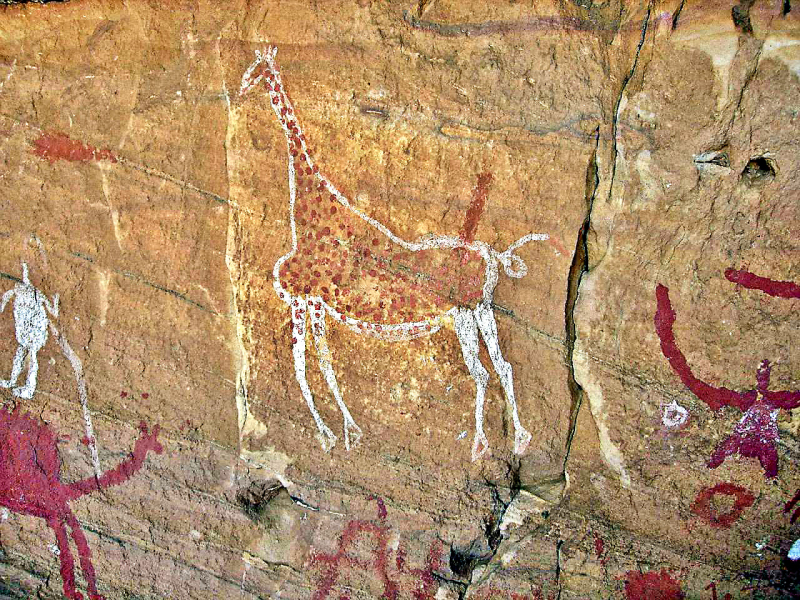
wikipedia.org -
People in contemporary Libya wear a variety of clothing. The majority of Libyans who live in metropolitan areas dress in Western clothes, with boys and girls both donning shirts and pants or jeans. More traditional attire is preferred by certain Libyans, especially for formal events. In Libyan culture, at certain events like Friday prayers or weddings, some Libyans in their older generations like to dress in traditional attire.
Although traditional attire for males varies slightly from place to region in Libya, it is generally the same. The traditional clothing for males in Libya consists of a long tunic, called a "jalabiya," long pants, called "sirwal," and a vest, called a "sadriya," which is frequently embroidered with black silk and secured at the front with buttons. A flowy blouse with beaded and silver/gold yarn embroidery on the sleeves is a staple of traditional women's clothing, as are loose silk pants with an ankle gathering. Traditionally, Libyan women have also worn vividly colored material sewn into dresses like togas. These dresses are held together by silver brooches. Rural women have historically worn thick, woven costumes akin to rugs as outerwear due to the temperature. A colorful cloth with bright pom-poms is used to cover the head.
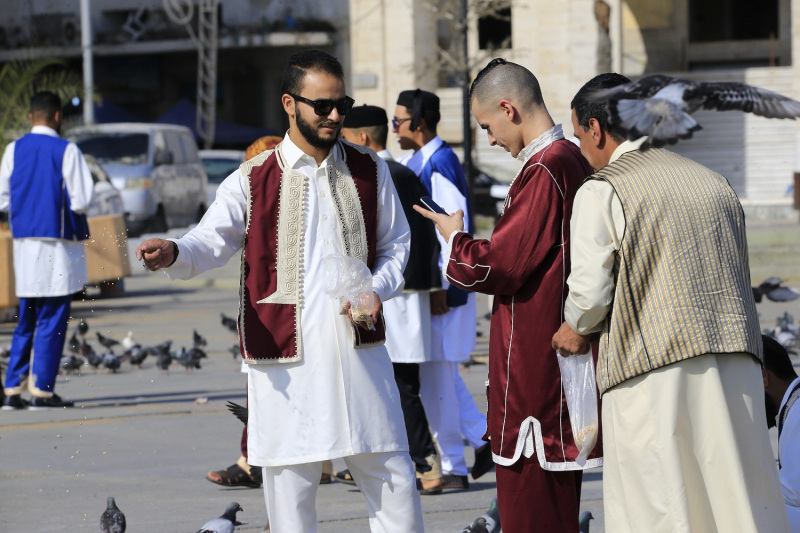
libyaobserver.ly 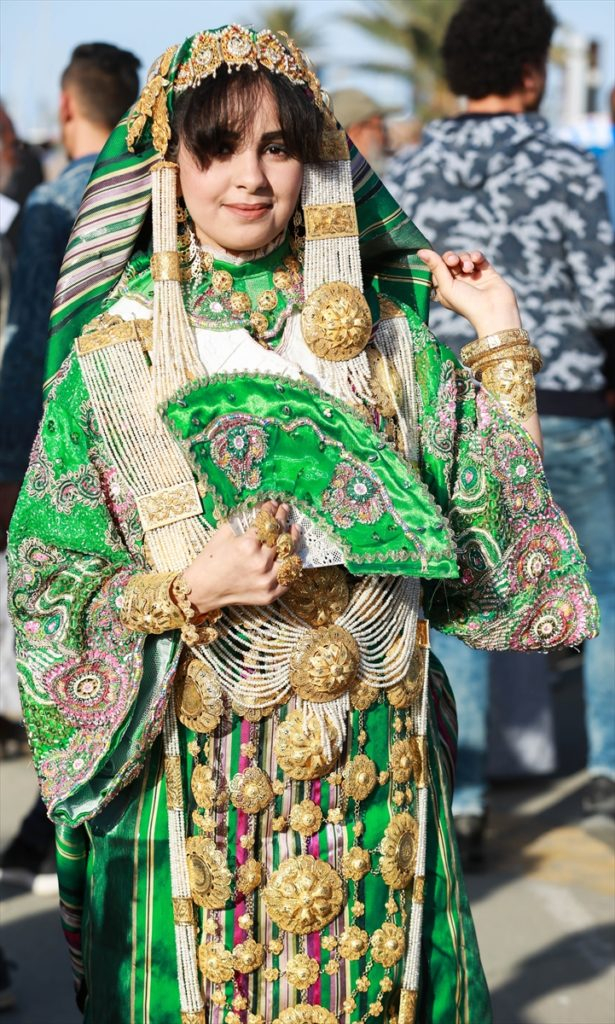
worldwidenews.ca -
Numerous Libyan holidays and festivals place a strong emphasis on custom, culture, Islamic holy days, and the anniversaries of significant events in the nation's past. The majority of the events center on Tuareg and Berber communities and are a fantastic delight for travelers drawn to the desert nomads and their fascinating past. Favorite events include the Ghadarmes Festival and the recently instituted Liberation Day, which commemorates Gaddafi's downfall.
One of the Sahara's most vibrant occasions is the yearly International Festival in Ghadames, which takes place in October or November. The Tuareg people are nomads, and this three-day festival honors their customs. In a blaze of color and action, this event brings the old city to life. When Ghadamsis return to their family houses in the old town, they throw open the doors for singing, dancing, and public celebrations including open markets and camel and horse racing outside the city walls, most of which are carried out while wearing traditional attire.
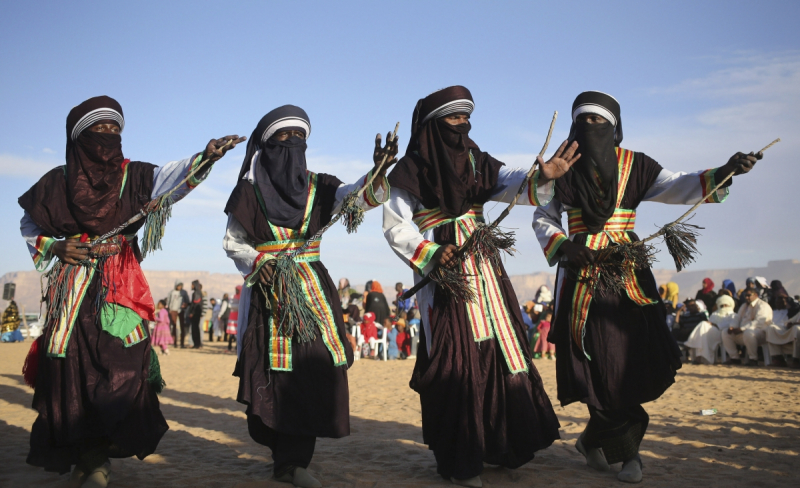
ibtimes.co.uk 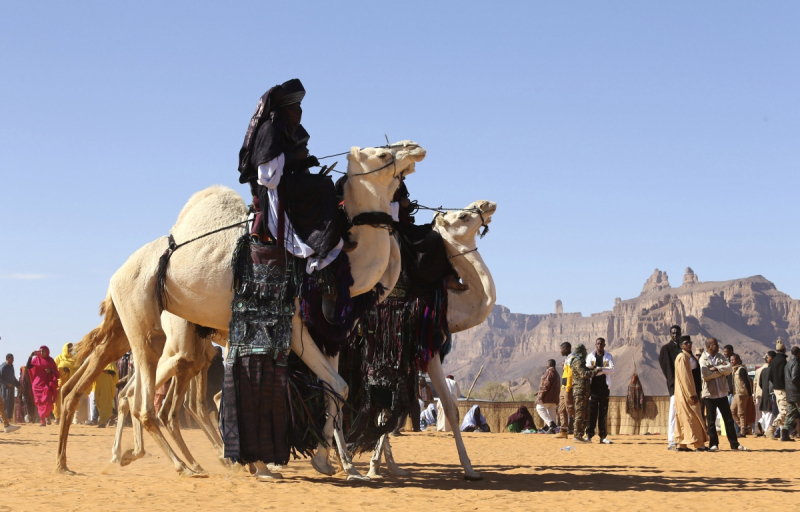
ibtimes.co.uk -
In the past, Libyan literature has been heavily politicized. The Italian occupation at the beginning of the 20th century is where the literary movement in Libya began. The first book of Libyan poetry was written by Sulaiman al-Barouni, a significant player in the country's resistance to Italian rule who also founded the newspaper "The Muslim Lion."
Libyan literature began to concentrate on the struggle for independence after Italy was defeated in World War II. The works of Libyan writers reflect the turbulent decade of the 1960s, which was experienced by that country. Among the most talked-about subjects were social transformation, the division of oil revenue, and the Six-Day War. The Union of Libyan Writers was created by the government in the wake of the coup d'état that installed Muammar al-Gaddafi as ruler in 1969. Following that, literature in the nation adopted a significantly less critical stance toward the executive branch, frequently endorsing rather than criticizing its initiatives.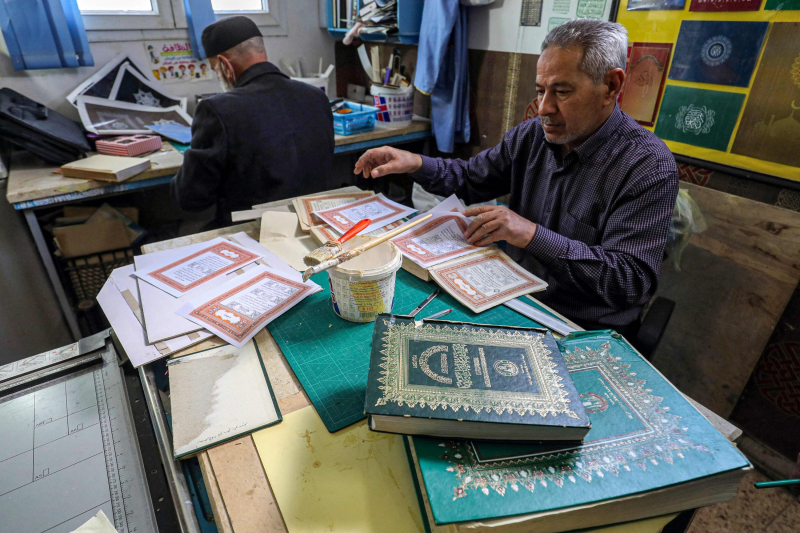
dailysabah.com 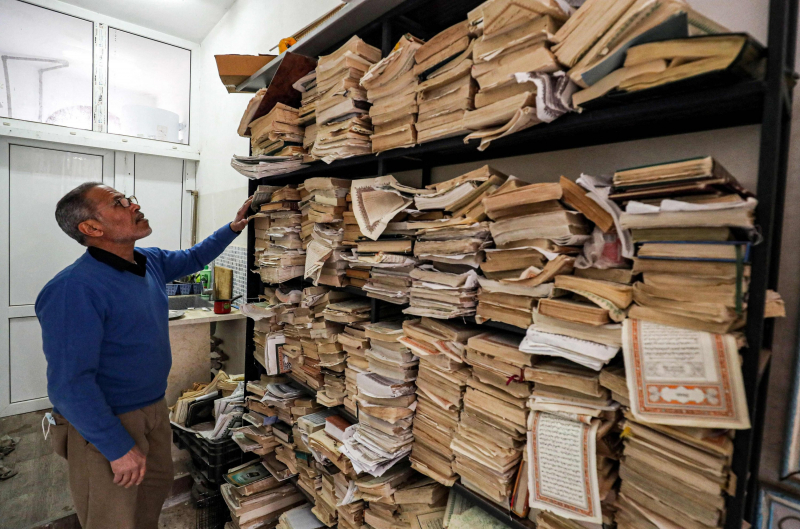
dailysabah.com




























